The newly announced EOS R5 C is Canon’s other hybrid camera. In fact, the EOS R5 C is hybridization (C70 & R5) over hybridization (C70 = R5 & C300 Mark III). With so many hybridizations, there’s a solid chance of product cannibalization, and confused consumers. Why should one pick the R5 C over the R5? Here are our two cents.
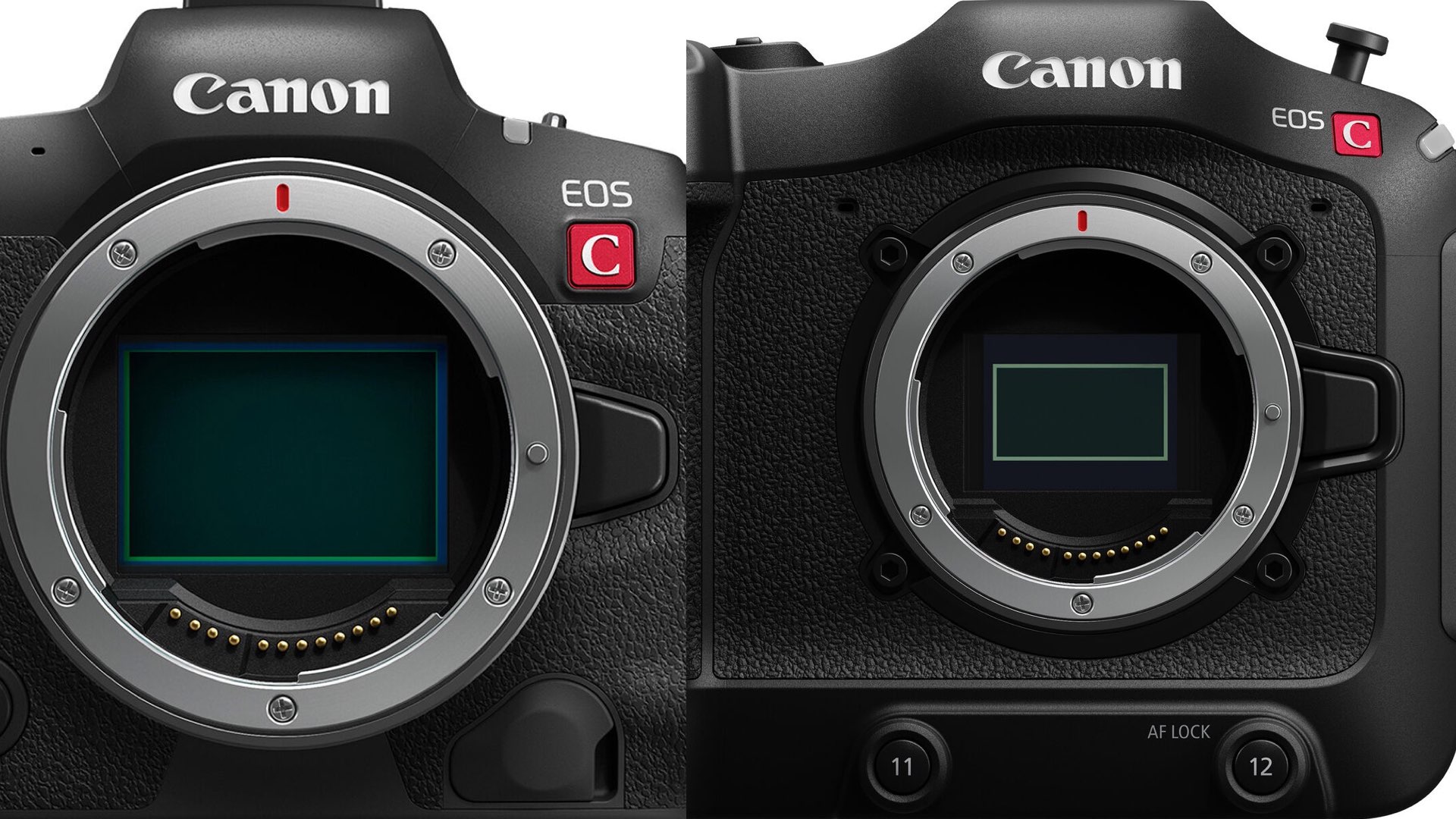
Canon EOS R5 C: Same ProRes RAW capabilities as the R5
Although the EOS R5C has impressive internal raw options to choose from, when Apple ProRes RAW is desired, there’s no difference to the EOS R5. Indeed, R5 C is armed with three flavors of raw (High-quality RAW HQ, standard-quality RAW ST, and Light recording RAW LT), whereas the R5 has only one option of 8K raw shooting mode. But, Atomos breaks this even. With the recent update of Atomos, both R5 and R5 C can shoot 8K ProRes RAW at 30 FPS. The Ninja V+ records 8Kp30 and 5Kp60 ProRes RAW from the Canon EOS R5 via a standard HDMI connection. The EOS R5 C records Apple ProRes RAW 8K at 30fps with the NINJA V+ as well. In addition to 8K at 30fps, the NINJA V+ provides support for 6K at 50fps and 60fps. Hence, both R5 and R5 C own the same ProRes RAW capabilities (with the help of Ninja V+). As for the ‘regular’ raw (HQ, ST, and LT), the R5 C breaks even to the EOS Cinema C70 with its recent firmware update. Nevertheless, the C70 can’t record 8K. It has its own strengths though, like a higher dynamic range due to its Dual Gain Output sensor (16+ stops total).
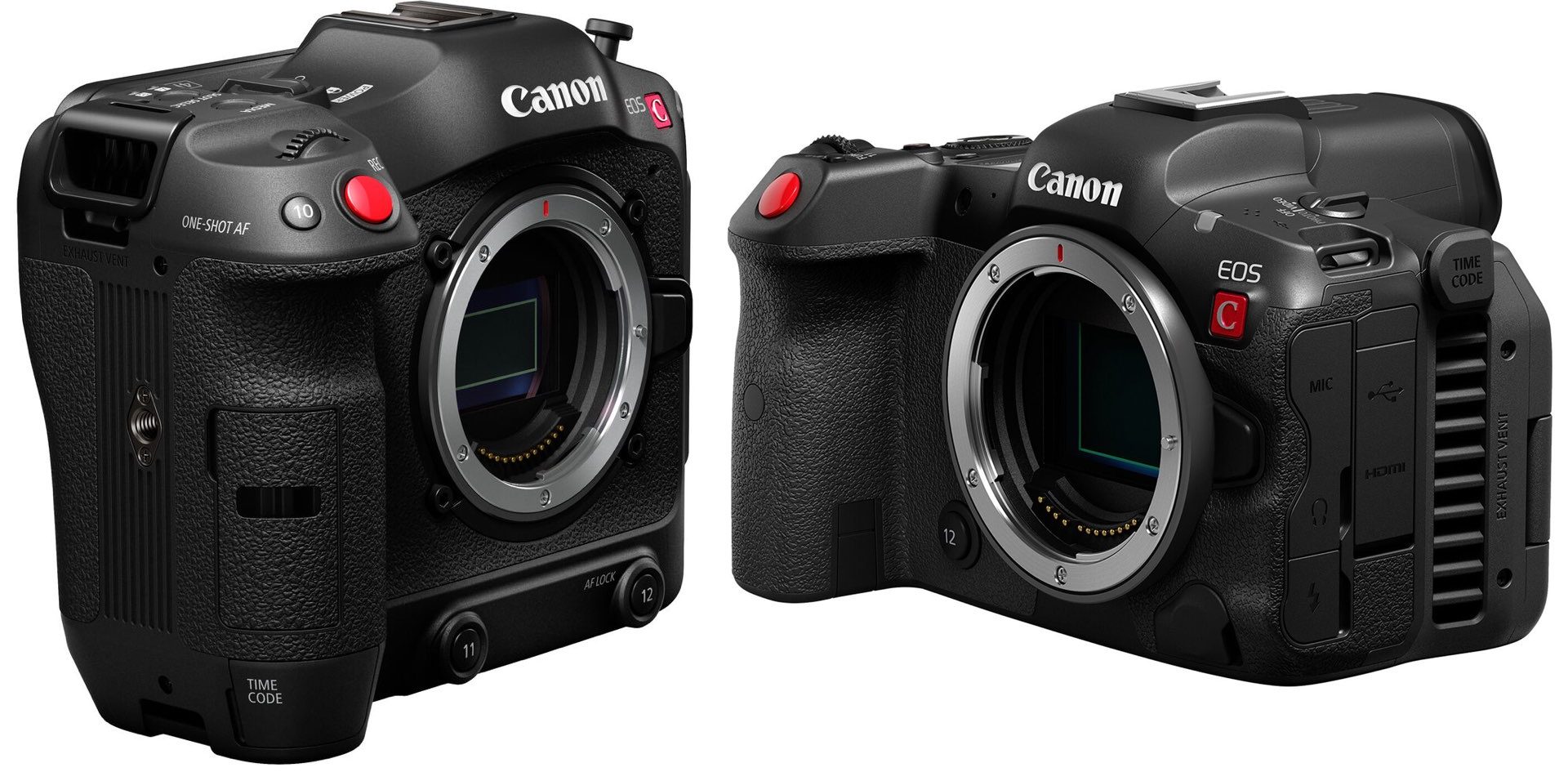
Stabilization: R5 better than R5 C
The EOS R5 is the first EOS camera to feature 5-axis sensor-shift image stabilization that compensates for up to eight stops of camera shake for truly effective compensation of camera shake to suit handheld shooting with slower shutter speeds. This stabilization system also works in concert with lens-based optical image stabilization for both native RF lenses and adapted EF lenses. However, R5 C doesn’t own that. The R5 C has the same stabilization as the C70, which is called EIS (Enhanced/Electronic Image Stabilization). EIS is achieved through coordinated control when Canon’s RF lenses with optical IS are combined with the EOS R5 C camera’s electronic IS when shooting XF-AVC or MP4 formats. With an RF lens that has optical IS and the electronic IS in the EOS R5 C camera, coordinated control helps achieve the optimum hand-shake correction effects. This helps achieve better anti-vibration performance than with conventional IS-equipped EF lenses (using optional Mount Adapter EF-EOS R) and electronic IS together. It’s not IBIS though, and it is revenant only for XF-AVC and MP4 codecs, However, it’s less effective than IBIS. But on the other hand, IBIS can cause some troubles in mechanical stabilizers. To sum it up, it may not be a deal-breaker when using stabilization rigs.
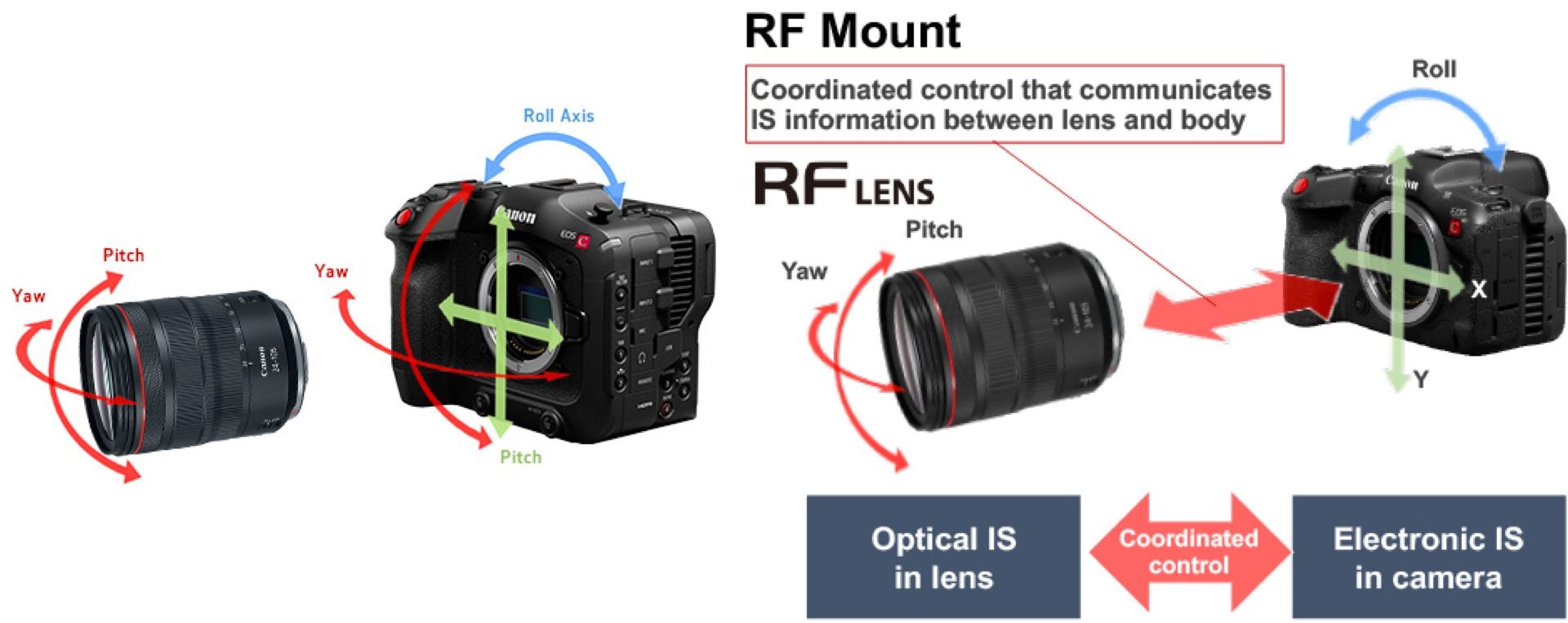
R5 C is less durable than R5
In order to allow uninterrupted 8K raw recording, the EOS R C is equipped with fans as part of the heat dissipation apparatus. Thus, the EOS R5 C is not weather sealed like the R5. Its durability is very similar to the C70. However, the R5 body is super durable, weather-sealed, and built to handle tough working conditions and inclement weather. The EOS R5 C (as the same as C70) offers much less durability.
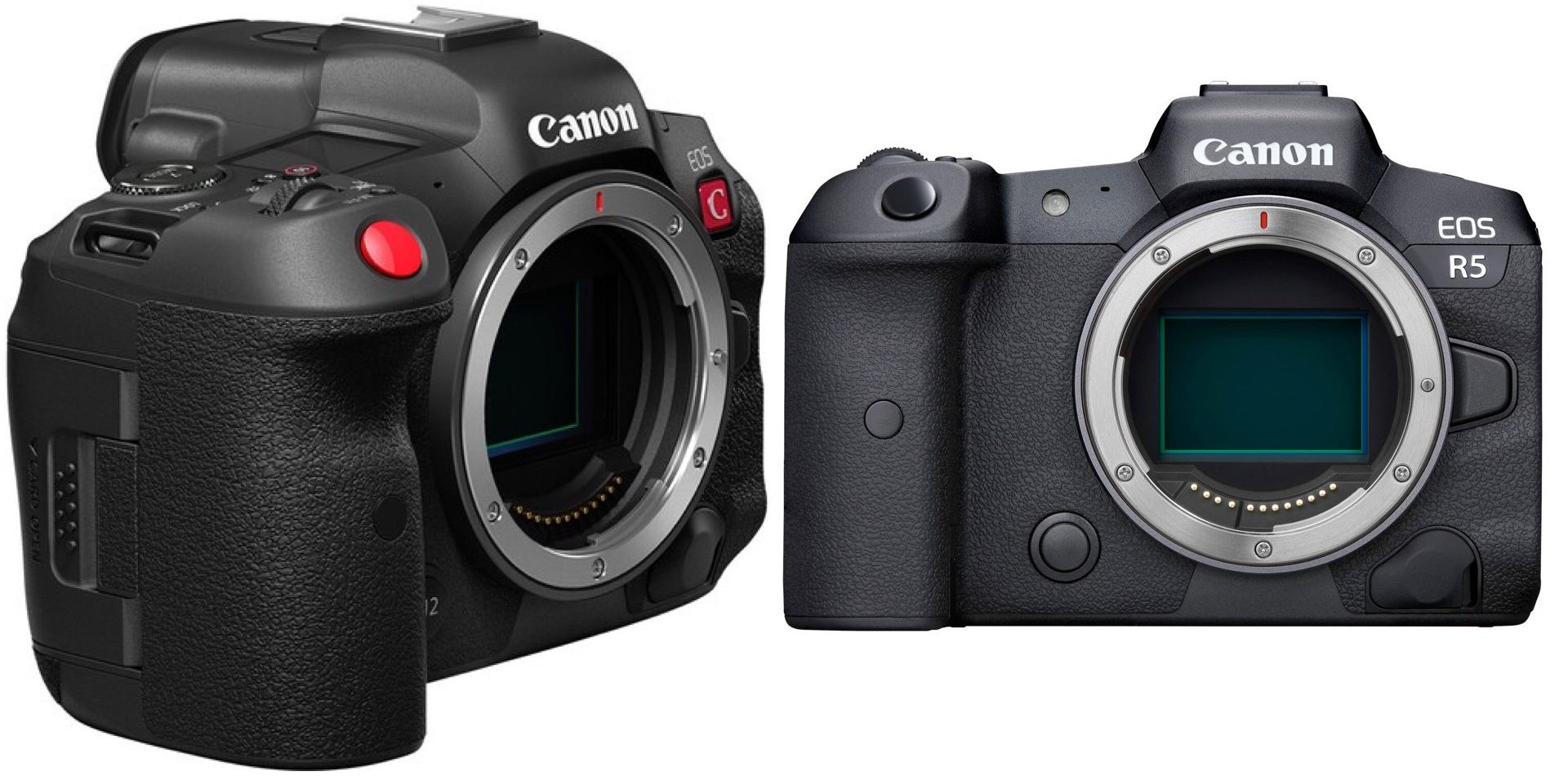
10 LONG seconds between Still and Video Mode
The EOS R5 C was designed for both still and video professionals. However, when switching between still and video mode, there’s a significant lag of approximately 10 seconds, since the interface is transferred to a whole different GUI. That 10 seconds are like an eternity for hybrid shooters that need a super-fast transition between video and stills, and vice-versa.
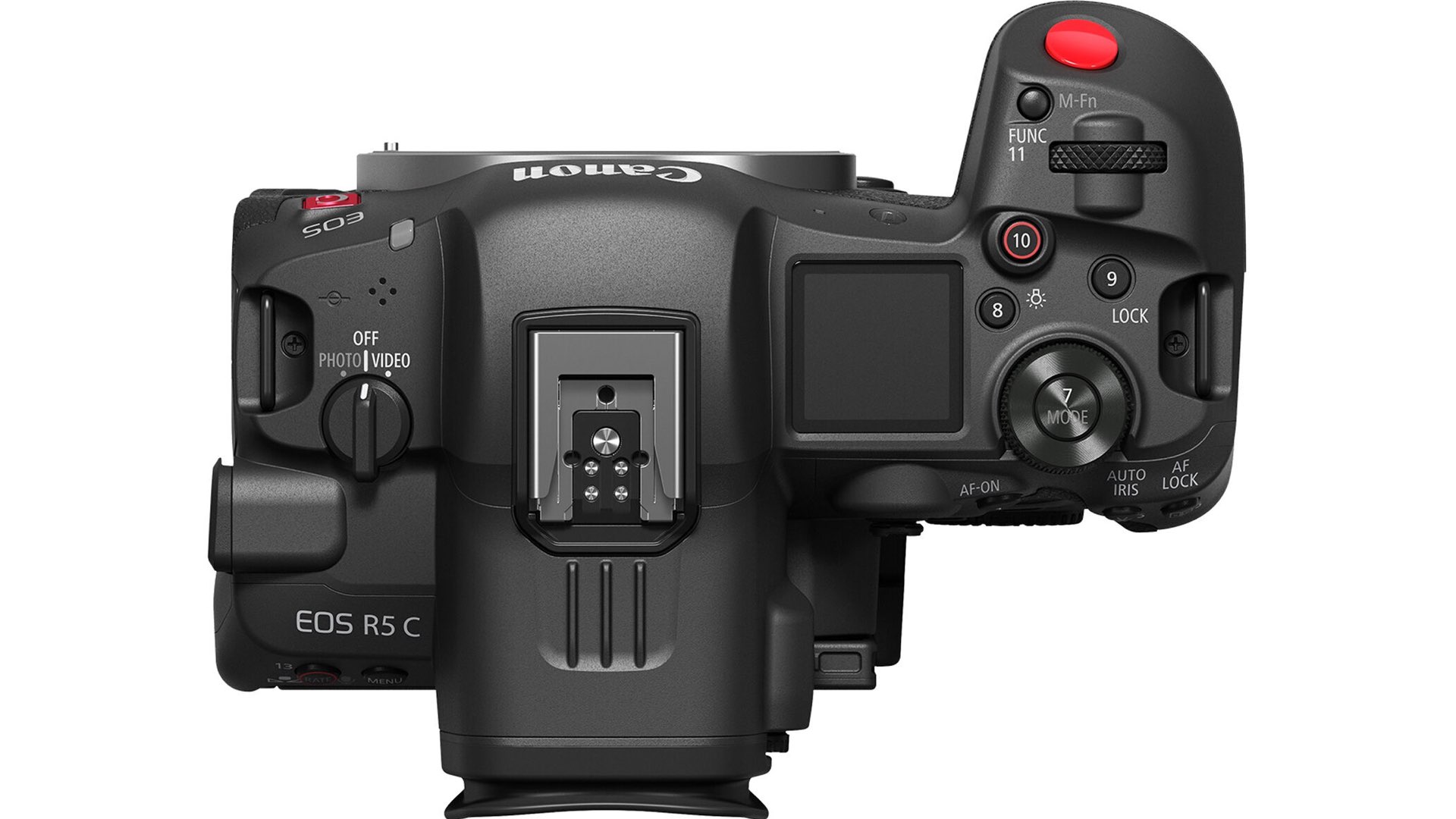
Final thoughts
Canon has created the ultimate hybrid camera based on two models which are the C70 and R5. However, in many parameters, the R5 is still winning. For instance, speed, durability, and price (although the price delta is not so significant (~$600)). Atomos pretty much breaks even the equation, since filmmakers who purchased the R5 and Ninja V+, don’t have any decent excuse to buy the EOS R5 C, since the ProRes RAW capabilities for recording 8K are the same. In fact, the Ninja V+ allows the most appropriate interface for filmmakers and thus pretty much eliminates one of the main advantages of the EOS R5 C (three raw flavors). Moreover, that transition between stills mode and video mode is so slow which makes it unpractical for hybrid shooters that choose Canon EOS for its speed. This feature may be EOS R5 C’s Achilles heel. Furthermore, what’s the reason for filmmakers to buy the C70 instead of buying the R5 C? Although the C70 has a higher dynamic range, it has ‘only’ Super 35 sensor, lower resolution, and higher price ($5,500). So why buy it when you can get the EOS R5 C? And why buy the EOS R5 C when you can get the R5 (in case you own the Ninja V+)? That’s the problem of hybrid products, and the EOS R5 C is that per se.
So, what’d you choose? C70, R5 C, or the more logical option (R5)?
Product List
Here’re the products mentioned in the article, and the links to purchase them from authorized dealers.
- Canon EOS R5 C Mirrorless Cinema Camera
- Canon EOS R5 Mirrorless Camera
- Canon EOS C70 Cinema Camera (RF Mount)
- Atomos Ninja V+ 5.2″ 8K Raw Recorder

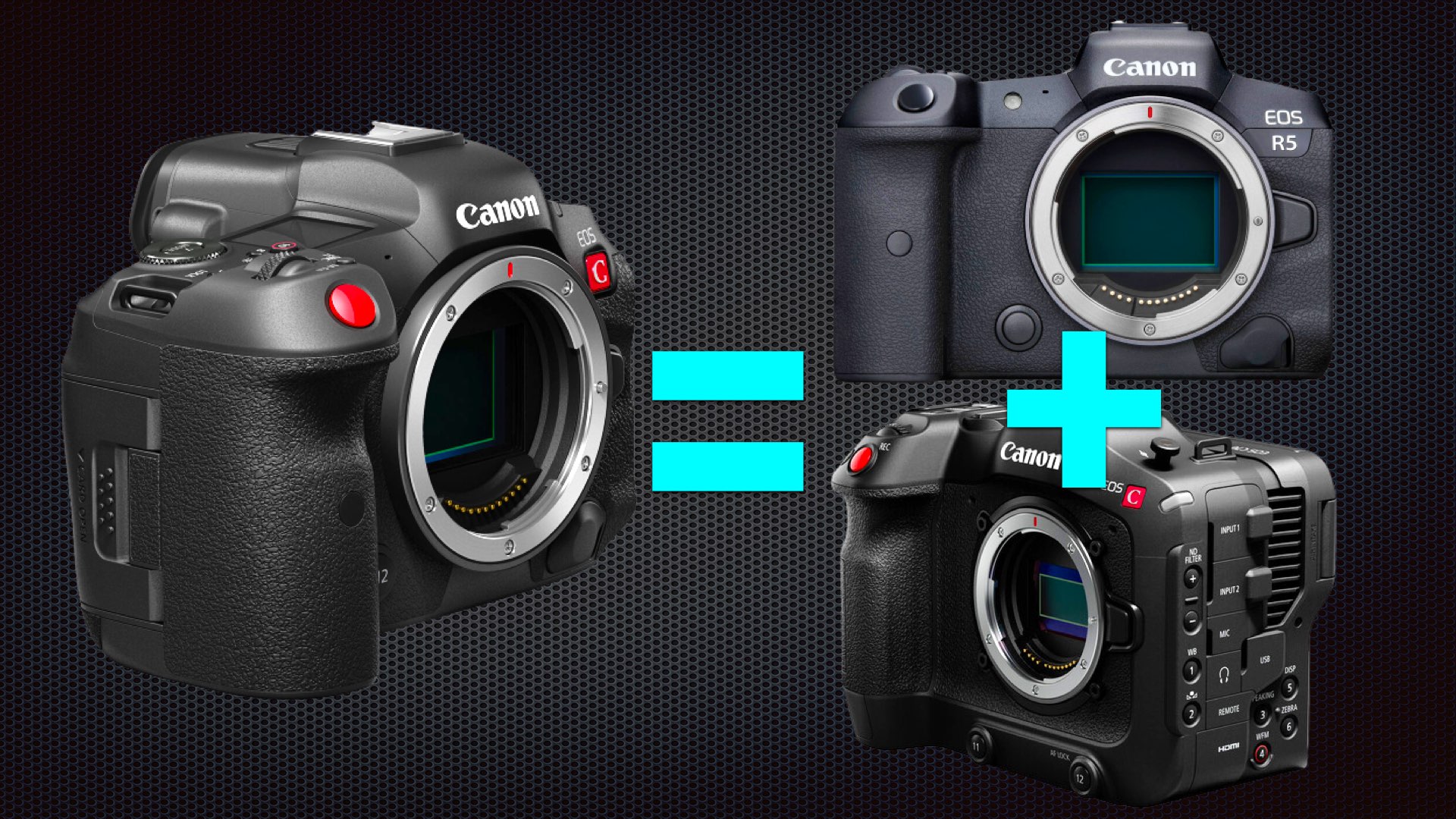


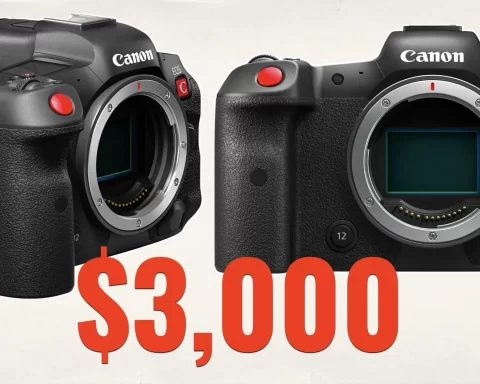
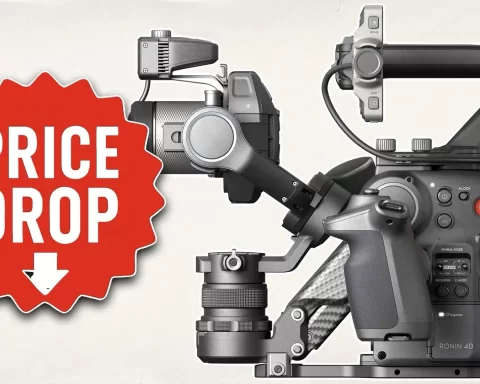
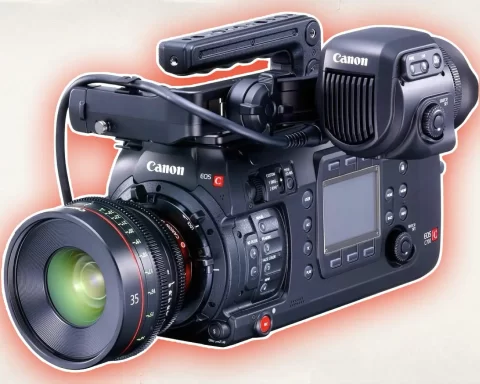
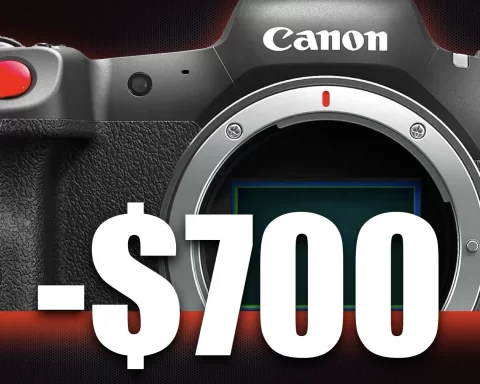
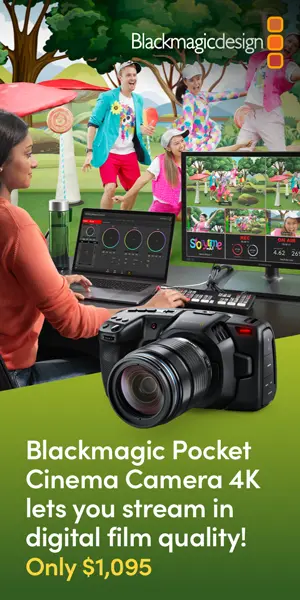
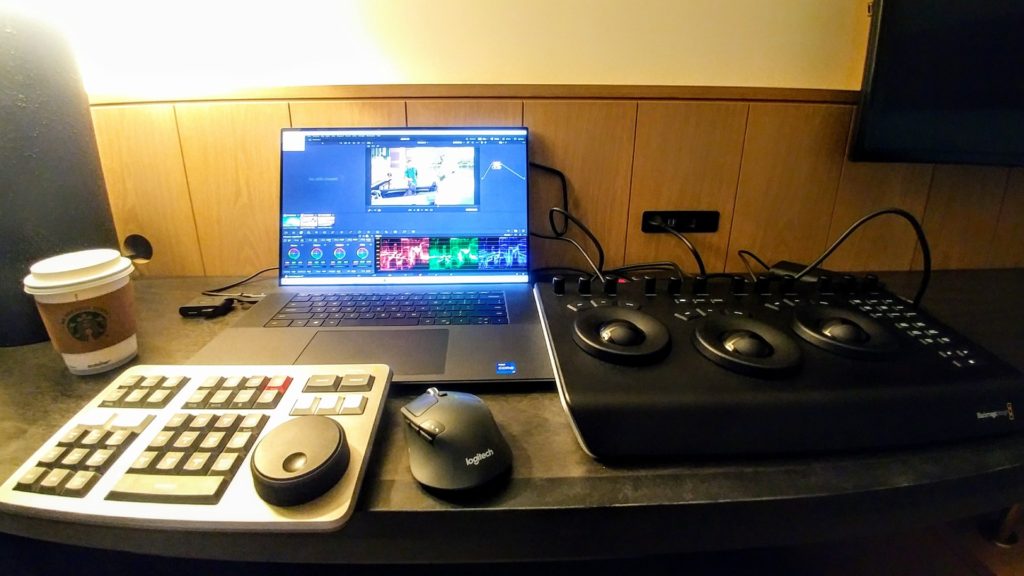

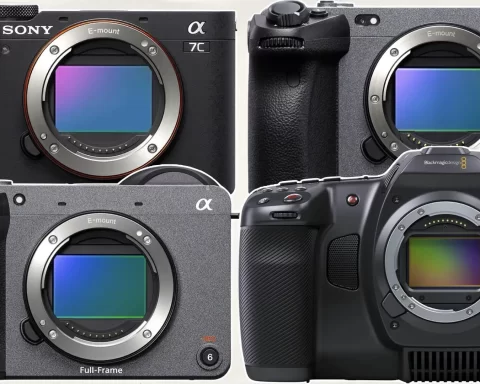
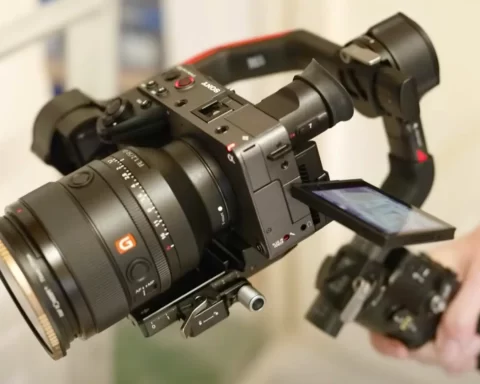
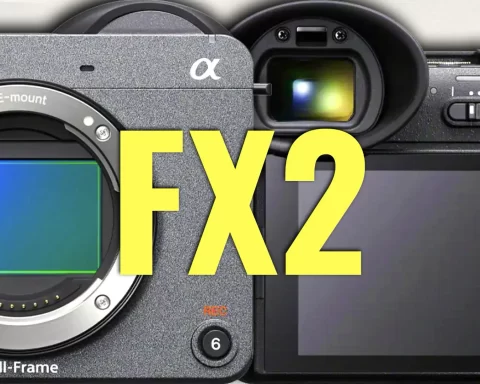
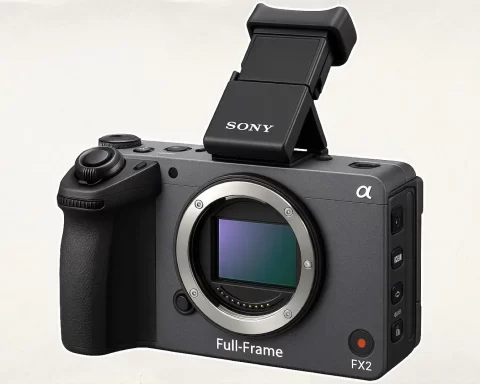
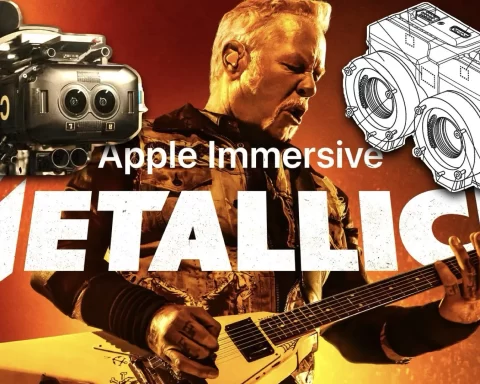
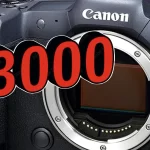
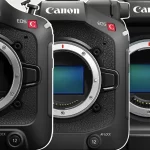
Nothing to be confused and Is not “another” hybrid camera.
Canon is very clear
R series are PHOTO mirrorles cameras with some video capabilities.
R5C is the first mirrorles Canon Hybrid camera.
I don’t know what is confusing non this!
If a such basic concept that if people don’t understand it better they stop playing with toys in image world.
It’s easy to get bogged down when comparing all the incredible features offered by Canon’s cameras but the task becomes much simpler when approaching the question purely from the perspective of HDR, for which the camera must meet these criteria: low noise, a minimum of thirteen stops of dynamic range and offer RAW recording (either internal or external). If our budget is six grand, only a couple of cameras currently on the market meet that bar. Not a must, but preferable, is 120p recording, as that is what will be necessary to mitigate the motion artifacts that plague HDR video. As an aside, TCL (the second largest TV manufacturer by market share) just became the very first TV manufacturer to incorporate TrueCut Motion by PixelWorks, a Silicon Valley company teaming up with studios and streaming network providers to offer a solution to 24p judder (which is where shooting at 120 fps comes in). Anyhow, those two cameras are the RED Komodo and the Blackmagic Ursa 12K, each of which shoots RAW and both of which boast a dynamic range of around 12-1/2 stops. The Canon C70 has the desired dynamic range and noise handling (courtesy of its DGO architecture), but confusingly lacks RAW capability. 10-bit 4:2:2 Y′CbCr is to be avoided as it can introduce hue shifts, saturation problems and banding. The Canon R5 C has mediocre dynamic range if it is at all similar to the Canon R5. Because of the form factor of the Ursa 12K and the fact that in order to get those 12-1/2 stops of dynamic range, you’ve got to shoot 12K and downsample to 4K in post, I’d choose the RED Komodo: REDCODE RAW, 12-1/2 stops of dynamic range along with a global shutter and seven stops of exposure latitude make it the most compelling if not the sexiest option for me.
The C70 has RAW via a firmware update due March 2022.
You’re mistaken. Any camera that shoots both video and stills is a hybrid. The Canon 5D Mark II (2008) was a hybrid.
I am old school just a huge cost for a new camera if you are a professional photographer then you might need the latest in cameras for an amateur who like excellent photos my Canon 5D Mrak IV dose me excellent to stop any vibration I just use mirror lock up , good luck to all who buy a new toy
I am a guy who shoots both stills and videos on projects. I have no interest in the c70, its a super 35 sensor (this is a big deal with my work), doesn’t shoot a raw I can use in resolve (but I think that is coming) and it doesn’t shoot stills- it doesn’t even have an evf. I think the they are quite different. The R5 is weather sealed, even with the fan. The start up time of 10 sec is nothing compared with turning on many video cameras. The two feature I would have loved and would have made this is the lack of ND filters and sdi out. I will be testing the R5C soon and will test the 8k 60p, I am hoping this will be usable to take some stills frames off in some situations.
Yossy, so which camera you would buy for cinema/video use under $8000 ? (So C300 iii is not included ;-))
Wow… that’s an answer I can’t (and shouldn’t) answer.
The GH6 has a very good price for independent – junior filmmakers (if MFT is your thing). You are getting an affordable yet robust piece of gear here, and the article clearly states that.
There’re numerous options in the market though. It depends on your shooting style, requirements, work, and many many more.
Sorry about confusing you even further 🙂
Yours,
Yossy
Thanks Yossy!
You’re right of course.
The GH6 makes alot of sense and I was waiting for the release date.
But as I like shooting video with vintage lenses, MFT sensor make it harder.
And after reading your R5C announcement article, I am not sure its a right tool as well (I thought its the gospel of the hybrid world).
Like you wrote, there isn’t a perfect camera, but what is the best out there for a solo shooter, for narative & occasional music video work?
Maybe hybrid/mirrorless solutions has too many compromises for video.